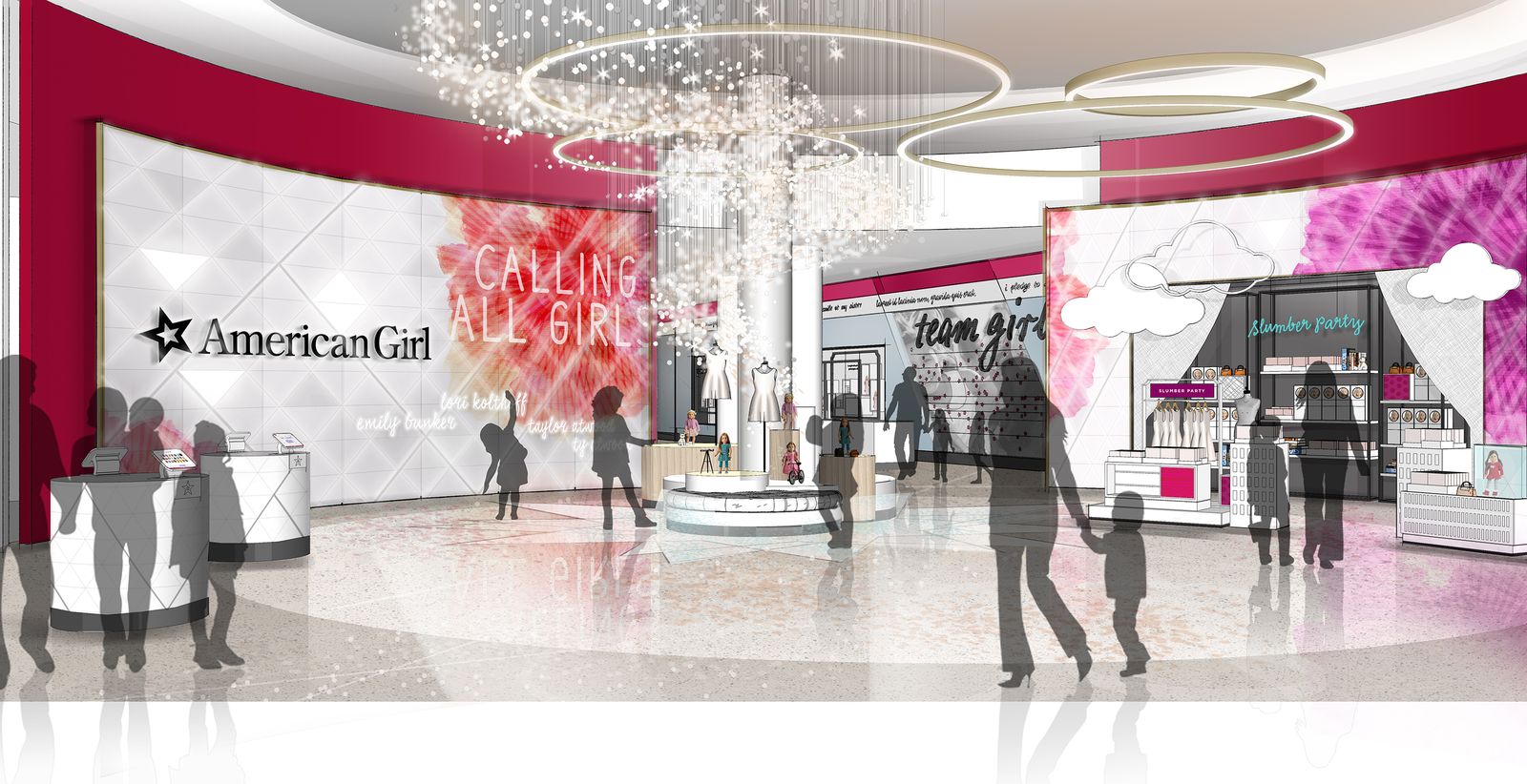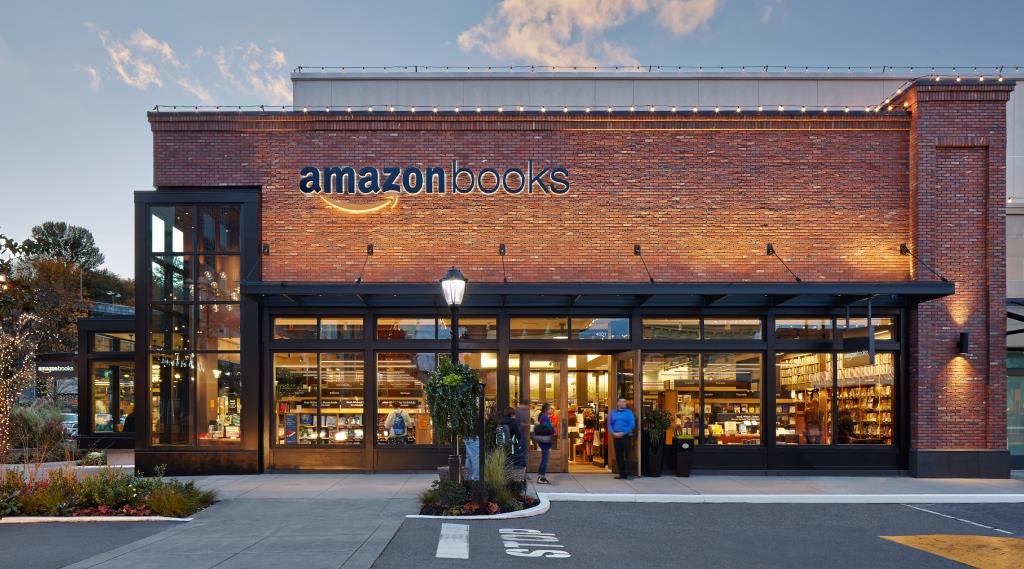I think Roger Martin, author of “Playing to Win”, has a great definition (Martin, 2014):
“Strategy is choice. Strategy is not a long planning document; it is a set of interrelated and powerful choices that positions the organization to win. There are five key choices in the Strategy Choice Cascade:
What is our winning aspiration?
Where will we play?
How will we win where we have chosen to play?
What capabilities must be in place to win?
What management systems are required to ensure the capabilities are in place?
These are all great questions to ask when creating a strategy, but for the purposes of this article, I’ll focus on the one that is a powerful differentiator in retail: Our winning aspiration. Strategy’s winning aspiration is to drive sales by building lasting, positive emotional engagements with customers – to tell them a consistent story through every interaction. We are using this aspiration as we help our client American Girl create their the ‘Store of the Future’ in New York. Even though the brand has long been prescient about making shopping experiential, they are looking for a deeper bond with their consumers. “As we look at girls today and millennial moms, they’re seeking brands that deliver positive, meaningful experiences, not just products,” says Wade Opland, American Girl’s Senior Vice President of Global Retail. As he puts it, they’re asking themselves, “How does it tie back to me?” (Rubin 2016) Creating positive, meaningful experiences is part of American Girl’s strategy, and the tactics are the methods that make it a success.
One of the planned Rockefeller Center store’s two main entrances. Image: FRCH Design Worldwide
Why an omni-channel retail strategy is important
Prioritizing tactics over strategy is not at all unusual. It is completely understandable for a retailer to experiment with tactics to try to find out what works. Most of our clients have built a mobile app. Many have attempted single-sign-on systems. Some have played with cutting edge technology like augmented reality. Those experiments don’t always fit into a more focused strategy, but that isn’t always a bad thing. There is a lot of value in occasionally building out a tactic to see how the market reacts. It gives valuable insight into what your customers really expect and want. The problem arises when you stop looking at these tactical projects as experiments and start treating them as a strategy of their own. This can cause very valuable digital and physical assets to unravel. When a retailer starts to pile experimental tactics on top of an existing IT, design and architectural platform, things get messy – and expensive. You end up with multiple pieces of software that could all do the same thing. Data gets spread so far between one-off projects that it not only becomes inaccessible to other systems and people in the organization, it becomes invisible because no one knows about it. The store POS can’t talk to the e-Commerce software. Digital displays in the store can’t make their assets available anywhere else. This can cause questions as to how effective these tactics really are, which leads to calls to return to core competencies. This can lead to a lack of innovation, muddying of the organization’s strategy, and, at worst, a complete detour from it.
What NOT to include in your retail strategy
There are two specific tactics that I see regularly that aren’t typically an effective part of a winning retail strategy, and I feel they deserve some special attention. They are: 1. Discounting and 2. The idea that people should be driven to online stores.
Online discounting
Discounting is typically done with coupons or promotions. While these are effective means to get people to purchase products, they can be devastating to profits. Retailers generally want a better tactic than giving a large percentage of their revenue away via a coupon. This is especially true on the digital side. I’ve heard the following dozens of times: “How can I get my customers to use our mobile app more than once? How can I get them to interact with the digital experiences in the store? And please don’t tell me that the answer is to offer them coupons or promotions.” The answer to this is to go back to strategy. The mobile app, the digital experiences, and all of your tactics should be telling the same, emotionally connecting story. If the story is resonating, you won’t have to rely on promotions to get engagement – it will happen naturally.
Driving customers to online stores
The second failed tactic that I commonly see is shifting resources from physical to online stores. Typically, clients argue that online stores have far less overhead and thus are cheaper to run. There is some excellent research being done on this topic, as well as on coupons/promotions. Let’s take a look.
Harvard Business Review recently published an article that included research by a team led by Xueming Luo, a marketing professor at Temple University. It finds that driving customers online instead of to the store can be detrimental to profits.
Among customers who lived close to a store, no type of coupon made a significant difference to shopping or profits. For those customers, the researchers concluded, the costs of getting to a store were low, so no added motivation was needed to prompt a trip. Among customers who lived farther away and had previously shopped only online, the online coupon generated twice as much profit as among the control group, and the flexible (use online or in-store) coupon increased profits by 800%. But when distant shoppers who’d previously bought only in stores were given online-only coupons, profits from them fell by 51%. In other words, encouraging online customers to visit a store increased profits, but incentivizing in-store customers to shop online decreased them. (Nyquist, 2016)
Another interesting piece of advice from the researchers:
If customers come to your physical stores regularly, you should not encourage them to shop online Luo advises.
The more profitable play is to coax online shoppers to come into your stores, where the environment can induce them to spend more. “That’s the winning omni-channel strategy,” Luo says.
The research shows us that getting shoppers into your physical stores will actually increase profits. Additional research published by Harvard Business Review has shown that by creating emotional ties to your brand, you can lift lifetime value of a customer by nearly double. (Magids, Zorfas & Leemon, 2015)
Physical stores matter: Amazon’s new brick-and-mortar concept bookstore in Seattle, WA. Image: University Village
Keeping the guest at the center of the omni-channel retail experience
“Lifetime value well exceeds that of the immediate physical purchase,” notes Caitlin Neyer, Associate Director of Strategy and Insights at FRCH Design Worldwide. According to Neyer, FRCH believes that keeping the guest at the center of the omni-channel retail experience is the crucial foundation for creating emotional ties and in turn, sustainable value. Neyer says “An emotional tie is established when a community is built around a passion. The physical store serves as a breeding ground for this passion by enabling guests to share experiences, gain knowledge and meet up with friends – old and new. In order to create a space that facilitates this type of next-level engagement, both the strategy and the store must be designed with the customer as the focus.”
Customers expect seamless, enjoyable experiences with a brand. They want a brick-and-mortar store to be engaging and to give them a sense of community. They want store staff that can enhance the in-store and digital experience with their vast product knowledge and people skills. They certainly expect to only have one login and password across every digital platform. Past orders, wish lists and loyalty points should be accessible everywhere within the store ecosystem. This renewed focus on the customer will very quickly identify the tactics that should be part of the overall strategy because customers will demand them.
The risks of not having an omni-channel retail strategy
When it comes down to it, simply employing tactics without an omni-channel strategy introduces the risk of creating an untended and unruly garden of digital things, data points, disconnected platforms, and very unsatisfied customers. Taking a step back with your architecture firm, design team, digital team, and operations team is imperative to figuring out which tactics can be utilized successfully in a broader overall strategy. Creating that winning strategy will differentiate you amongst the competition and will positively affect the bottom line.
PART 1 can be read here









